Causes of the Civil War Worksheet Answers
The Causes of the Civil War Worksheet Answers provide a comprehensive and concise overview of the key factors that led to the outbreak of the Civil War in the United States. Aimed at history students and enthusiasts, this worksheet offers an in-depth examination of the political, social, and economic causes that ultimately divided the nation, using clear and factual explanations to help readers gain a deeper understanding of this pivotal time in American history.
Table of Images 👆
- Civil War Causes Worksheet
- Cause and Effect Worksheets Answer Key
- American Civil War Summary Worksheet
- Causes of World War 1 Worksheet Answers
- American Civil War Causes Worksheet
- Civil War and Reconstruction Worksheets
- The Civil War Crossword Puzzle Answers
- Revolutionary War Crossword Puzzle
- Civil War Worksheets 5th Grade
- Civil War Cause and Effect Worksheet
- World War 1 Worksheets
- Civil War Cemetery
- Science World Crossword Puzzle Answer Key
- Compare and Contrast Civil War
- Civil War Worksheets
- French and Indian War Activity
- Gilded Age Presidents Worksheet
More Other Worksheets
Kindergarten Worksheet My RoomSpanish Verb Worksheets
Healthy Eating Plate Printable Worksheet
Cooking Vocabulary Worksheet
My Shadow Worksheet
Large Printable Blank Pyramid Worksheet
Relationship Circles Worksheet
DNA Code Worksheet
Meiosis Worksheet Answer Key
Rosa Parks Worksheet Grade 1
What were the economic differences between the North and the South?
The North was industrialized and had a strong economy based on manufacturing, trade, and a diverse economy, while the South relied heavily on agriculture, particularly cotton production using slave labor. The North had better infrastructure, more urbanization, and a larger population, leading to higher wages and more diversified industries. The South's economy was more reliant on exporting cash crops and the labor-intensive plantation system, leading to a less diverse economy and lower wages for most workers.
How did the issue of states' rights play a role in the lead-up to the Civil War?
The issue of states' rights played a significant role in the lead-up to the Civil War as southern states argued for the right to maintain slavery within their borders without interference from the federal government. This led to tensions with northern states that were opposed to slavery, highlighting the underlying economic, political, and social differences between the regions. The debate over states' rights versus federal authority ultimately played a central role in the secession of southern states and the outbreak of the Civil War in 1861.
What were the main disagreements over slavery between the North and the South?
The main disagreements over slavery between the North and the South were primarily centered around the economic and social impacts of slavery. The North wanted to abolish slavery, seeing it as immoral and incompatible with their industrial economy, while the South relied heavily on slave labor for their agricultural economy and saw it as essential to their way of life. Additionally, tensions arose over issues such as the expansion of slavery into new territories, the rights of states to govern themselves on the issue of slavery, and the moral implications of owning human beings as property.
How did the invention of the cotton gin impact the institution of slavery?
The invention of the cotton gin in 1793 by Eli Whitney dramatically increased the efficiency of processing cotton, making it more profitable to grow and harvest. This led to a significant increase in demand for cotton and subsequently for enslaved labor to work the fields, thus reinforcing and perpetuating the institution of slavery in the southern United States. The cotton gin fueled the expansion of cotton plantations and slavery, leading to increased exploitation of enslaved people and the entrenchment of slavery as a cornerstone of the southern economy.
What was the significance of the Missouri Compromise?
The Missouri Compromise was significant because it temporarily resolved the issue of slavery in new territories by establishing a boundary line (36°30′ parallel) where slavery was allowed south but prohibited north. It preserved the delicate balance between free and slave states in the United States at the time and delayed the eruption of further tensions over the issue of slavery.
What were the arguments made in the Dred Scott case?
In the Dred Scott case, the key arguments included whether Dred Scott, a slave, could gain his freedom by residing in a free state or territory, and whether African Americans, whether free or enslaved, were considered citizens with legal standing to sue in federal court. The Court ultimately ruled against Scott, stating that African Americans were not considered citizens and therefore could not bring a lawsuit in federal court. Additionally, the Court ruled that slaves were property and could not be deprived of their owner's rights under the Constitution, even in free states or territories.
How did the Kansas-Nebraska Act lead to violence in the territories?
The Kansas-Nebraska Act of 1854 repealed the Missouri Compromise, allowing the residents of the territories to decide through popular sovereignty whether to allow slavery or not. This led to intense conflict between pro-slavery and anti-slavery factions, resulting in widespread violence in Kansas, known as "Bleeding Kansas," as both sides sought to gain control and influence in the territory. The Act's failure to provide a clear resolution on the issue of slavery exacerbated tensions and ultimately contributed to the outbreak of the American Civil War.
Why did the Southern states secede from the Union?
The Southern states seceded from the Union primarily due to the issues of states' rights and slavery. Many Southern states believed that their rights were being infringed upon by the federal government, particularly in the realm of regulating slavery. The election of Abraham Lincoln, who was against the expansion of slavery into new territories, further exacerbated tensions, leading the Southern states to feel that their way of life was under threat. This ultimately led to their decision to secede and form the Confederacy.
What was the impact of the election of Abraham Lincoln on the secession crisis?
The election of Abraham Lincoln in 1860 played a significant role in escalating the secession crisis. Many Southern states viewed his anti-slavery platform as a threat to their way of life and believed that his election signaled the end of their economic and social power. His victory led to the secession of seven Southern states and the formation of the Confederacy, ultimately leading to the Civil War as the Union and Confederacy clashed over fundamental issues such as slavery and states' rights.
What were the immediate triggers that led to the outbreak of the Civil War in 1861?
The immediate triggers that led to the outbreak of the Civil War in 1861 were the secession of Southern states from the Union following Abraham Lincoln's election as president, the attack on Fort Sumter by Confederate forces, and the overall escalation of tensions between the North and South over issues such as slavery, states' rights, and economic differences. These events ultimately culminated in the Southern states' decision to break away from the United States and form the Confederate States of America, leading to the start of the Civil War.
Have something to share?
Who is Worksheeto?
At Worksheeto, we are committed to delivering an extensive and varied portfolio of superior quality worksheets, designed to address the educational demands of students, educators, and parents.

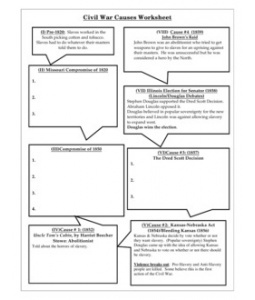



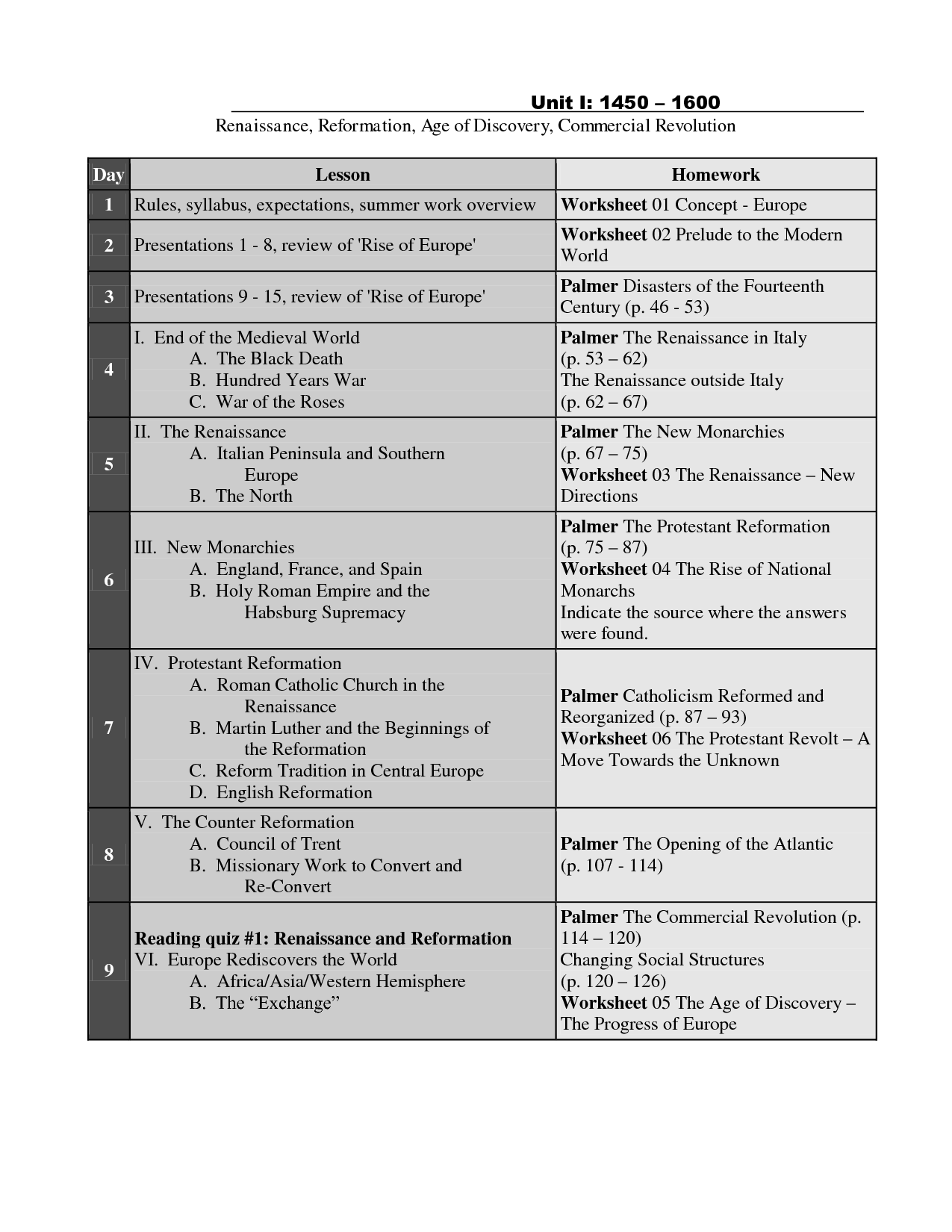
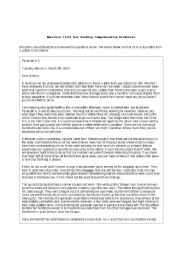
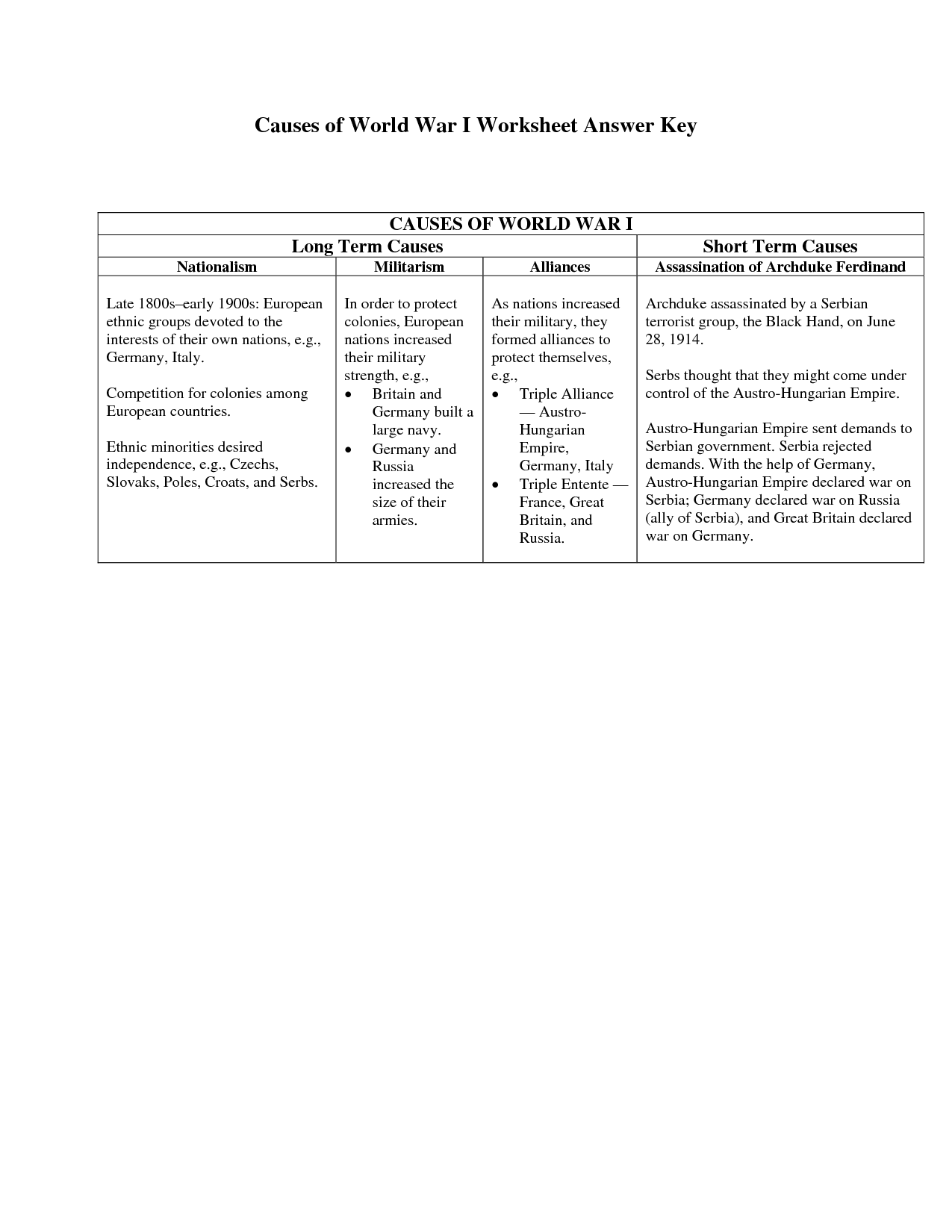
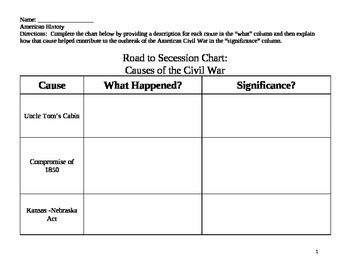
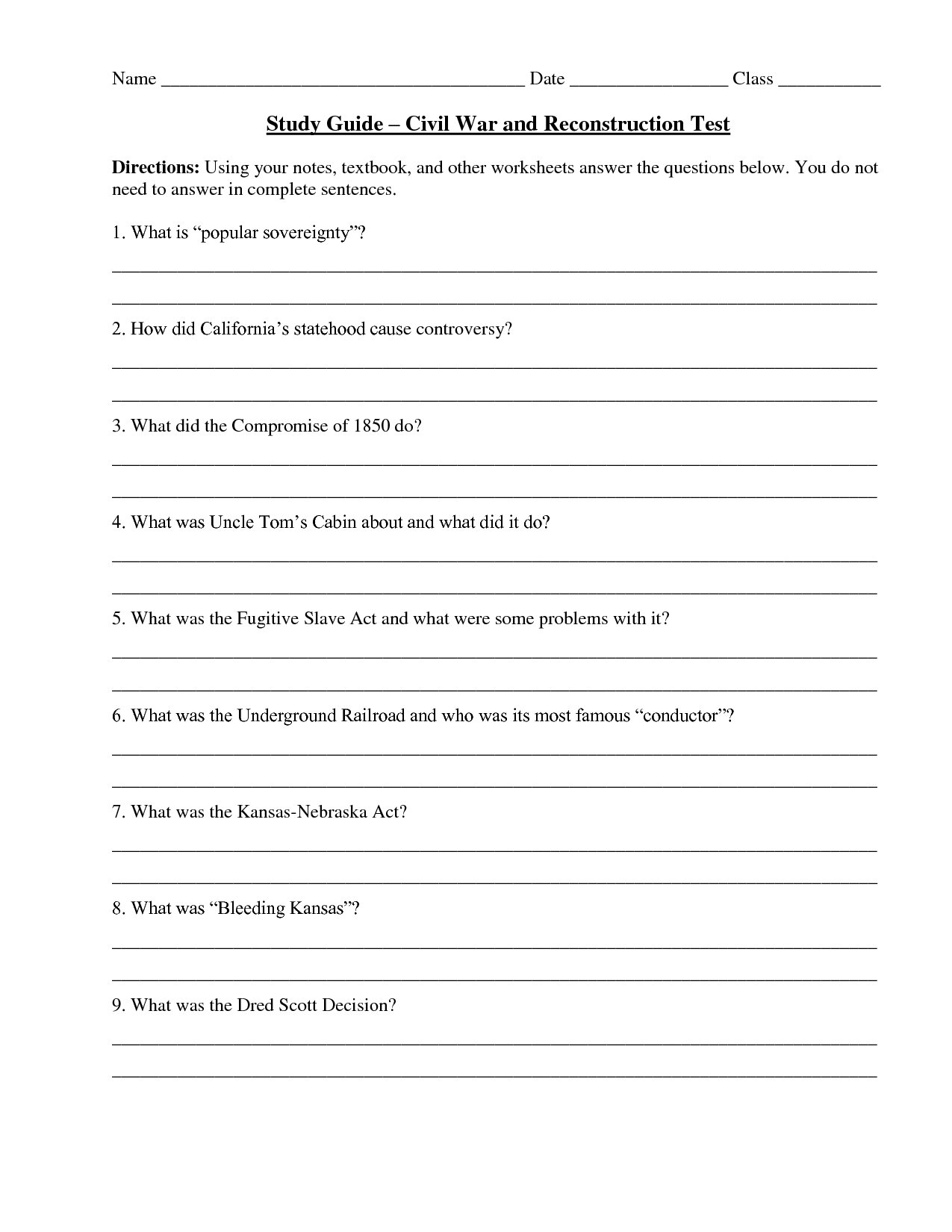
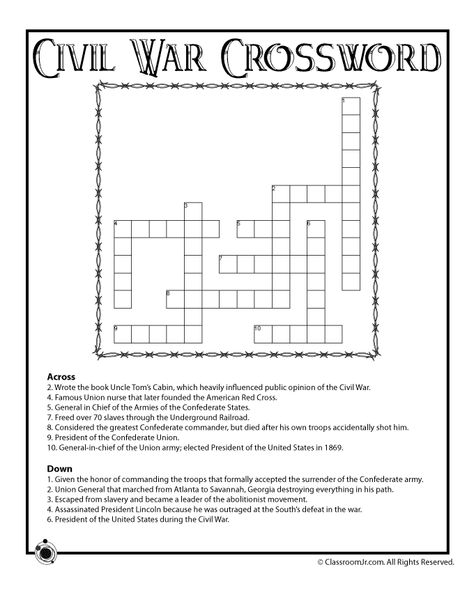
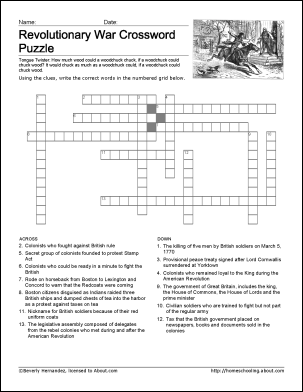
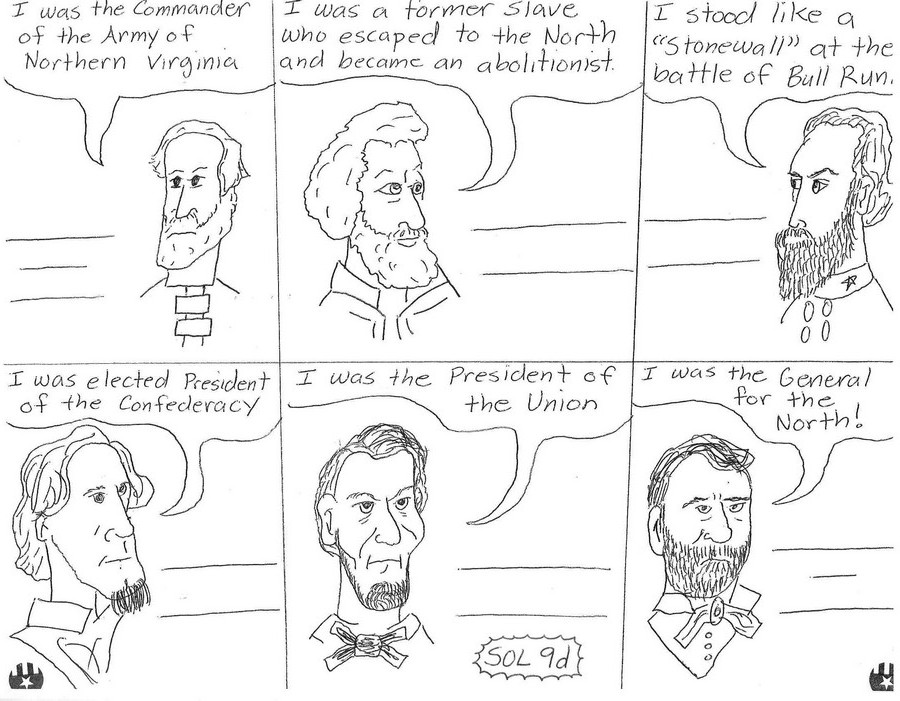
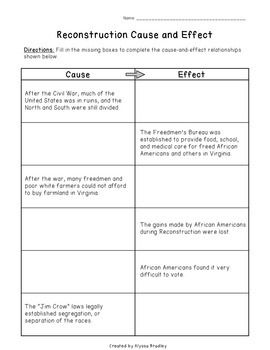
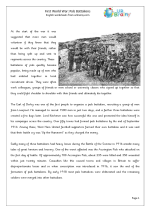
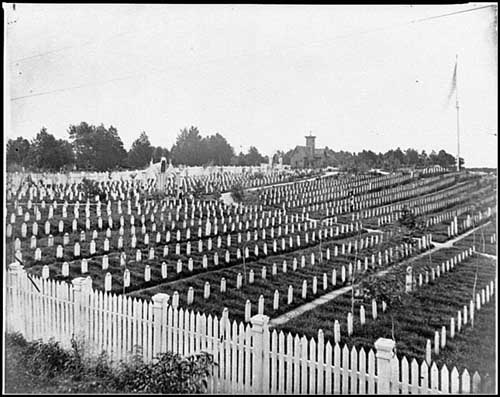

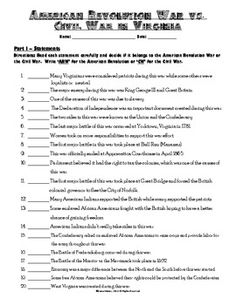
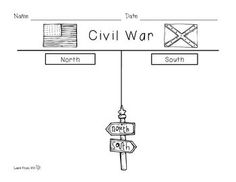

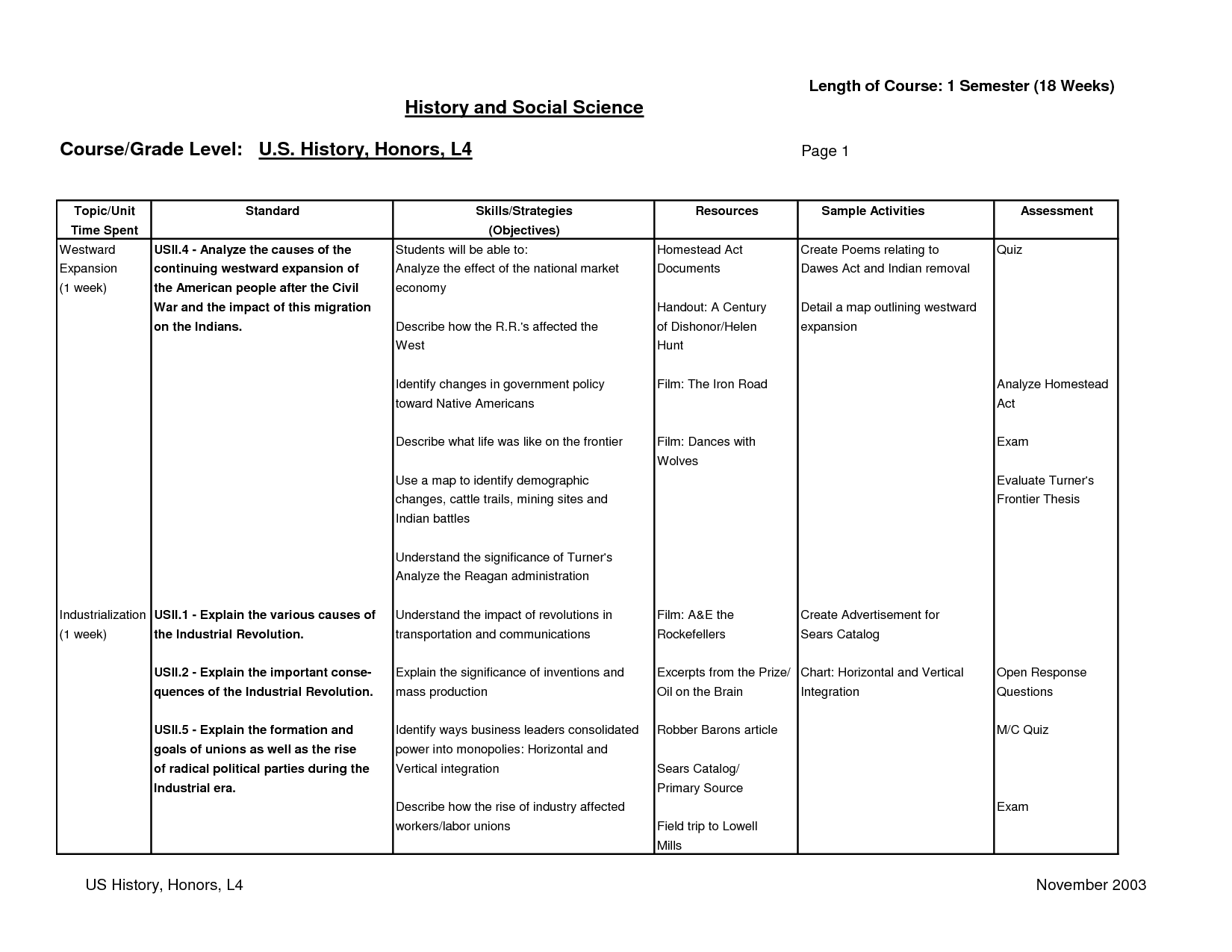














Comments